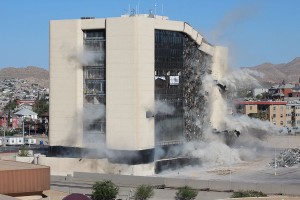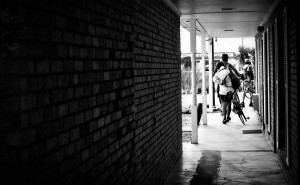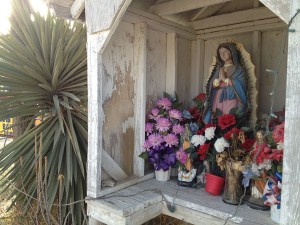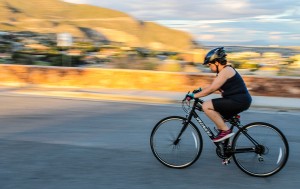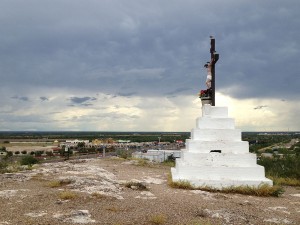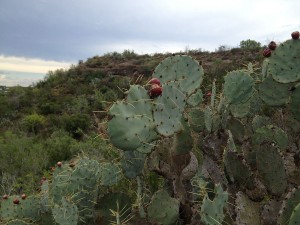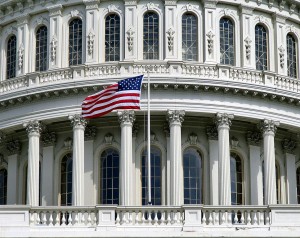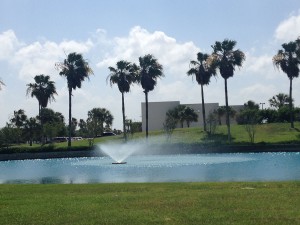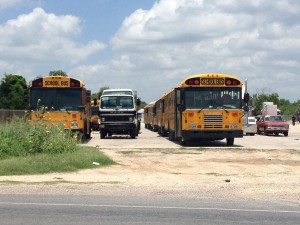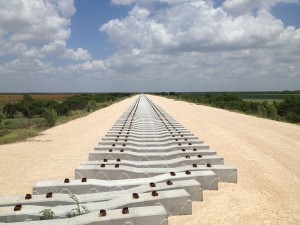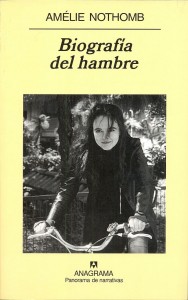El condado de Webb, Texas y Nuevo Laredo, Tamaulipas: Una zona comercial estratégica, Los Zetas Inc. (Incorporados) y la delincuencia organizada paramilitarizada
|
El episodio de hoy se refiere a la parte de nuestro viaje que abarca el Condado de Webb, el cual es único en Texas debido a que tiene frontera con tres estados mexicanos: Tamaulipas, Nuevo León y Coahuila. Esta parte del trayecto es sumamente interesante pues me hace reflexionar sobre algunos temas de gran importancia que involucran a dos naciones extremadamente desiguales pero muy vinculadas, sobretodo, en la parte comercial. En particular, el presente relato se centrará en tres temas fundamentales: i) los intercambios comerciales (legales e ilegales) entre dos naciones profundamente desiguales a través de una zona estratégica en la frontera; ii) la nueva configuración del crimen organizado transnacional que tiene su origen en México—y sobre todo en esta región fronteriza—con la aparición de los Zetas, un grupo de la delincuencia organizada paramilitarizado; y iii) el análisis de este nuevo modelo criminal utilizando un modelo de negocios parecido al de cualquier empresa transnacional. Esta parte podría ser quizás una de las partes más importantes de nuestro recorrido. Como dije la vez anterior, en mi opinión, la denominada “guerra contra las drogas” en México empezó aquí, al otro lado del condado de Webb, Texas, específicamente en la ciudad fronteriza tamaulipeca de Nuevo Laredo, la cual es extremadamente importante por su localización y actividad comercial.


